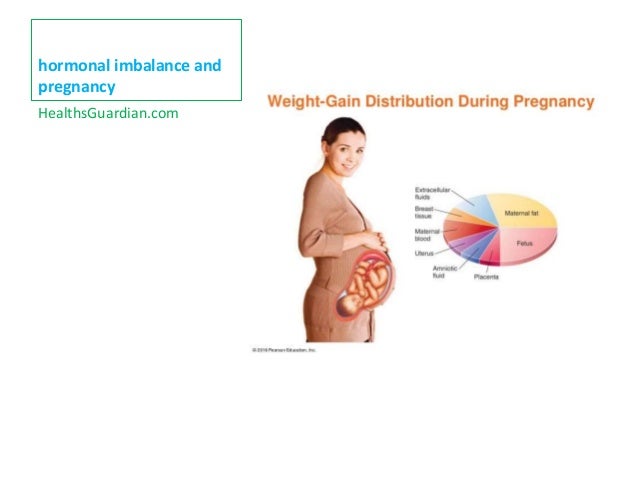Read more
Infertility in women,
Ovarian Cysts, Hormonal
Imbalance,
Endometriosis, Inability
to reproduce,
Conception, Sterility
Having trouble getting pregnant? You're not alone. Many couples trying to conceive get stressed and upset about how hard it can be to get pregnant.
So, what's going on with your body? Here are some top causes of infertility in women.
Most cases of infertility in women result from problems with producing eggs. One problem is
premature ovarian failure, in which the ovaries stop functioning before natural menopause. In
another, polycystic ovary syndrome (PCOS), the ovaries may not release an egg regularly or may
not release a healthy egg.
Causes of Failure to Ovulate
Ovulatory disorders are one of the most common reasons why women are unable to conceive,
and account for 30% of women’s infertility. Fortunately, approximately 70% of these cases can be
successfully treated by the use of herbs. The causes of failed ovulation can be categorized as
follows:
Hormonal Problems
These are the most common causes of anovulation. The process of ovulation depends upon a
complex balance of hormones and their interactions to be successful, and any disruption in this
process can hinder ovulation. There are three main sources causing this problem:
Failure to produce mature eggs
In approximately 50% of the cases of anovulation, the ovaries do not produce normal follicles in
which the eggs can mature. Ovulation is rare if the eggs are immature and the chance of
fertilization becomes almost nonexistent. Polycystic ovary syndrome, the most common disorder
responsible for this problem, includes symptoms such as amenorrhoea, hirsutism, anovulation
and infertility. This syndrome is characterized by a reduced production of FSH, and normal or
increased levels of LH, oestrogen and testosterone. The current hypothesis is that the
suppression of FSH associated with this condition causes only partial development of ovarian
follicles, and follicular cysts can be detected in an ultrasound scan. The affected ovary often
becomes surrounded with a smooth white capsule and is double its normal size. The increased
level of oestrogen raises the risk of breast cancer.
Malfunction of the hypothalamus
The hypothalamus is the portion of the brain responsible for sending signals to the pituitary
gland, which, in turn, sends hormonal stimuli to the ovaries in the form of FSH and LH to initiate
egg maturation. If the hypothalamus fails to trigger and control this process, immature eggs will
result. This is the cause of ovarian failure in 20% of cases.
Endometriosis:
Endometriosis occurs when the cells that normally line the uterine cavity, called the
endometrium, are found outside the uterus instead.
Research has found a link between infertility and endometriosis. Studies show that between 25%
and 50% of infertile woman have endometriosis and between 30% and 40% of women with
endometriosis are infertile. Scientists do not know the exact cause of infertility in women with
endometriosis.
Current theories on how endometriosis causes infertility include the follow:
Changes in the structure of the female reproductive organs may occur. Endometriosis can cause
pelvic adhesions made of scar tissue to form between nearby structures, such as between the
ovary and pelvic wall. This can obstruct and affect the release of the egg after ovulation. Scarring
in the fallopian tube can interrupt block the egg’s movement through the fallopian tube.
The lining of the abdomen, which is called the peritoneum (pronounced pair-ih-tuh-NEE-uhm),
may go through changes that affect its function:
In women with endometriosis, the amount of fluid inside the peritoneum often increases.
The fluid in the peritoneum contains substances that can negatively affect the functions of the
egg, sperm, and fallopian tubes.
Chemical changes in the lining of the uterus that occur as a result of endometriosis may affect an
embryo’s ability to implant properly and make it difficult for a woman to stay pregnant after
conception.
Active Ingredients:
Pullus Cum Osse Nigro, Panaxginseng, Salvia root P.E, Astragalus mongholicus, Angelica sinensis,
Ligusticum wallichii, and many other more than 20 kinds of herbal extracts. Gallus domesticus,
Panax ginseng, Radix Astragali, Savia miltiorrhiza, Angelica sinensis, White Paeony Root,
Ligusticum chuanxiong, Cervus nippon Temminck, Concha Ostreae,Rhizoma Cyperi. Angelica
sinensis 210mg, Lovage root 30mg, White Atractylodes tuber 30mg, Jujube Fruit 30mg.








